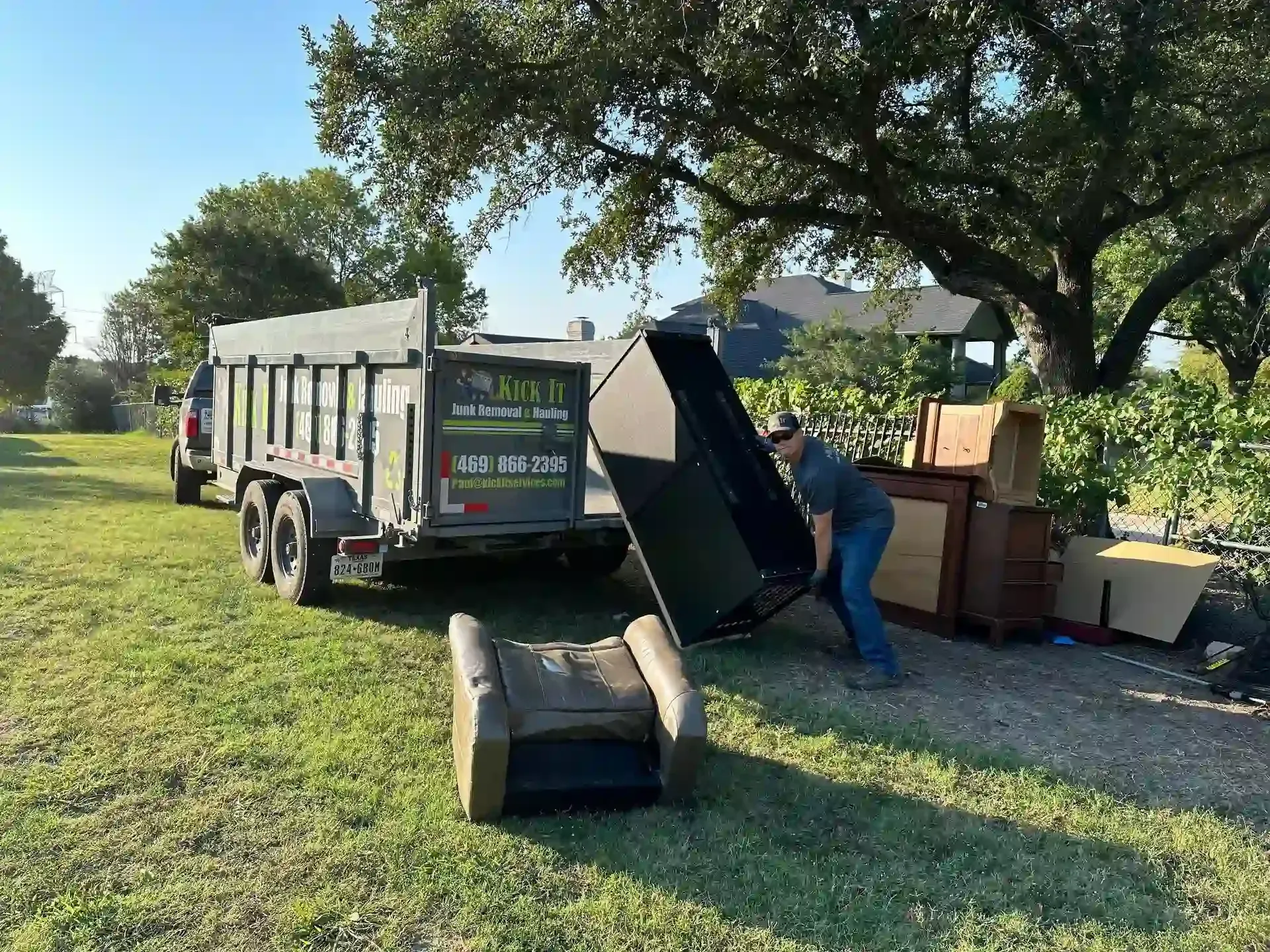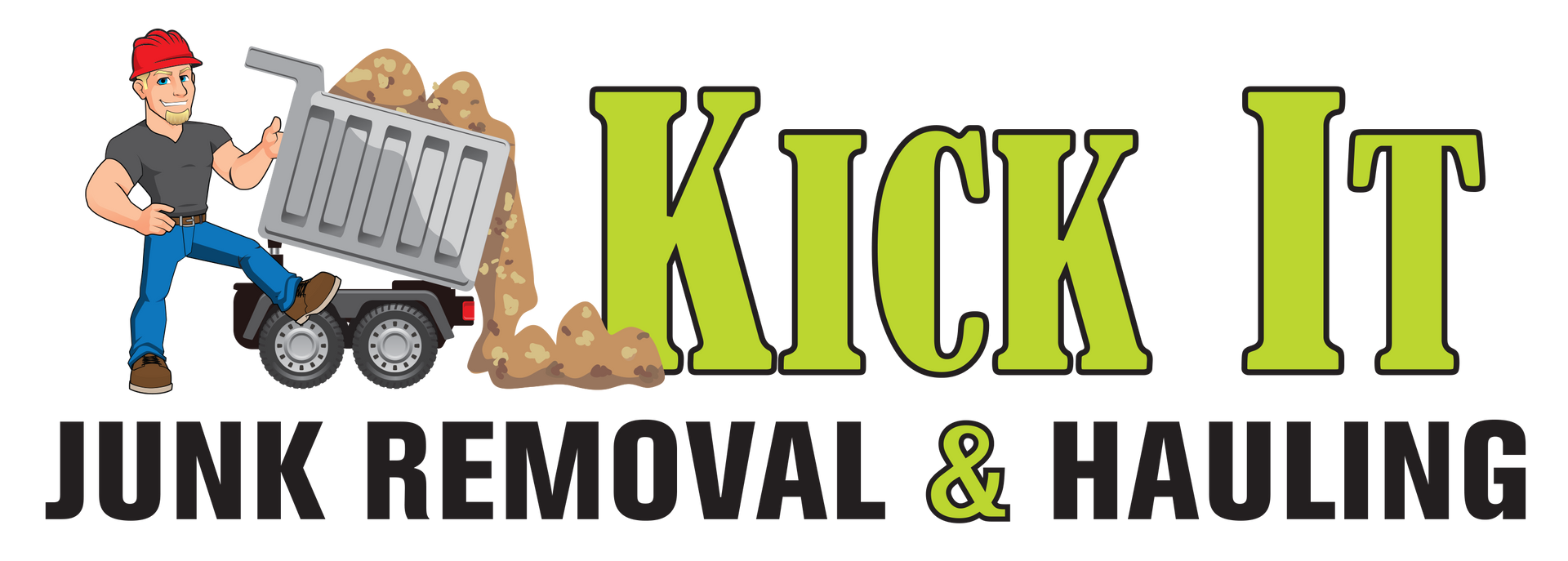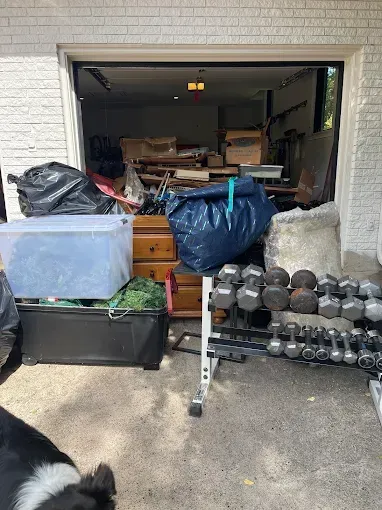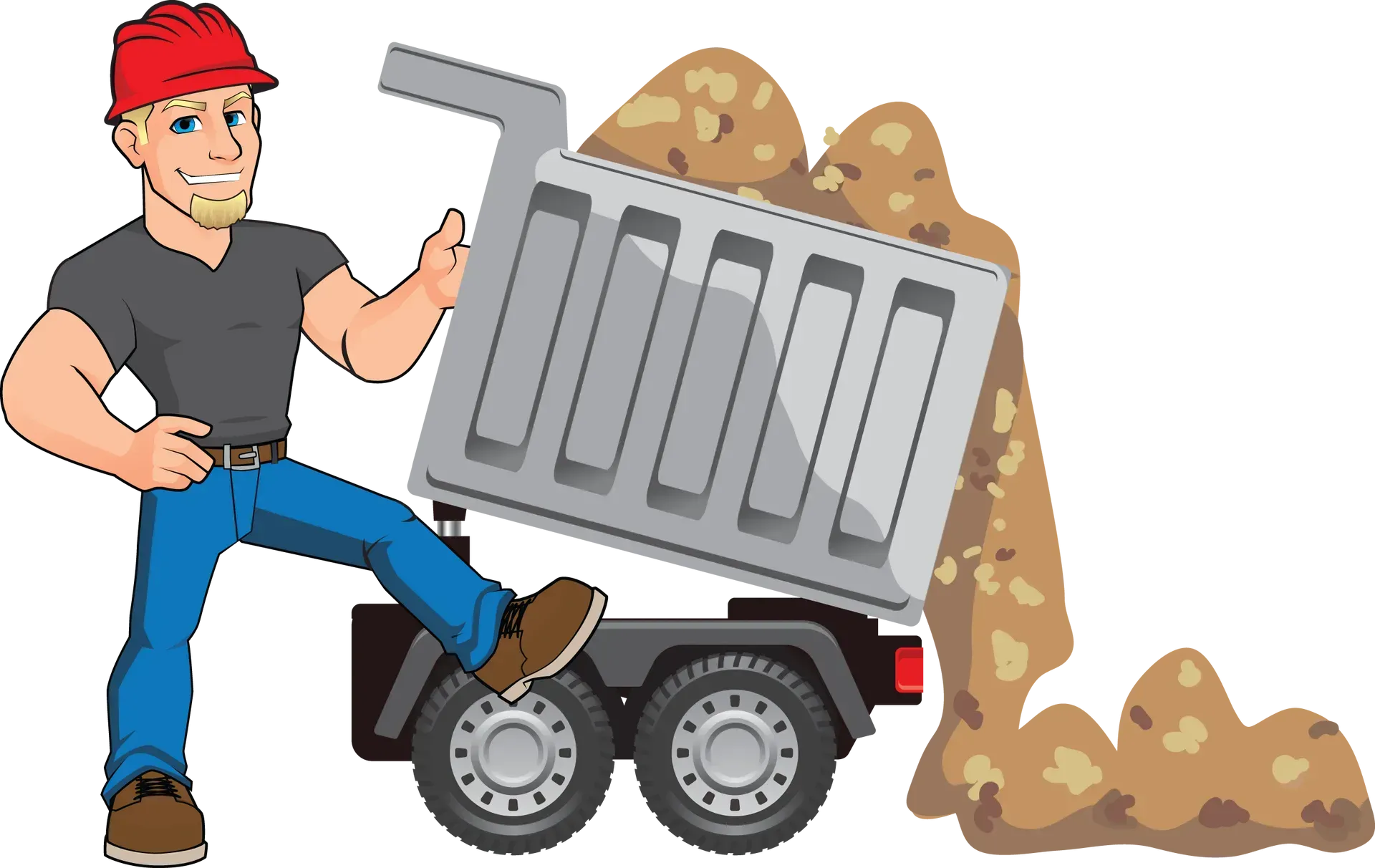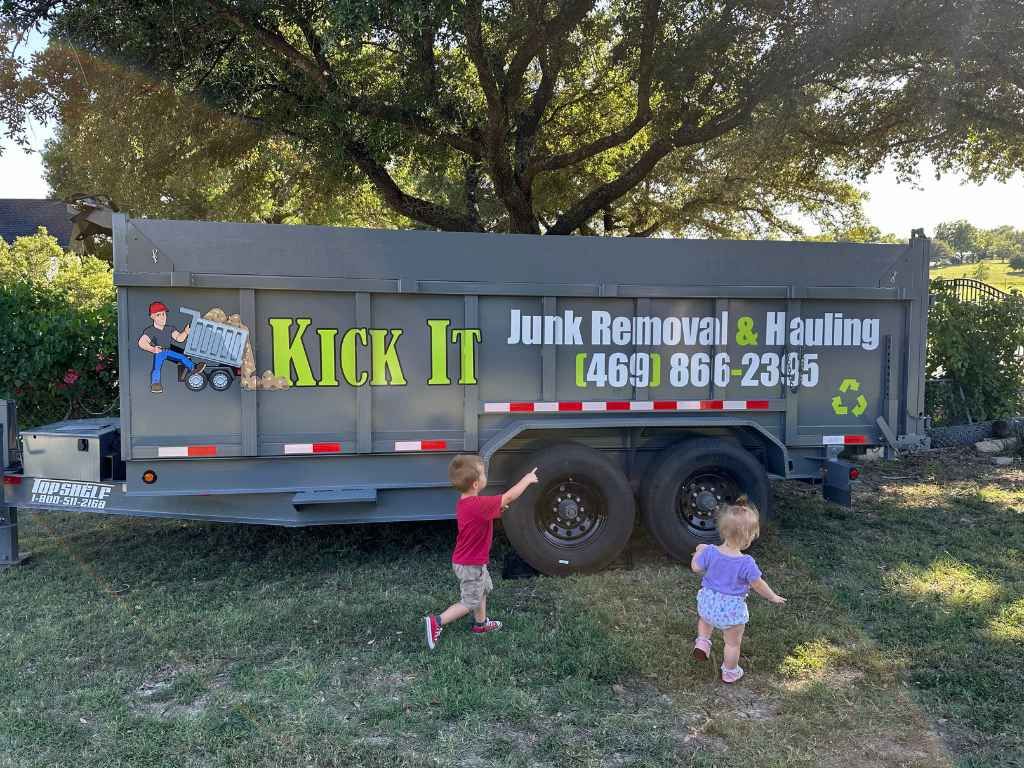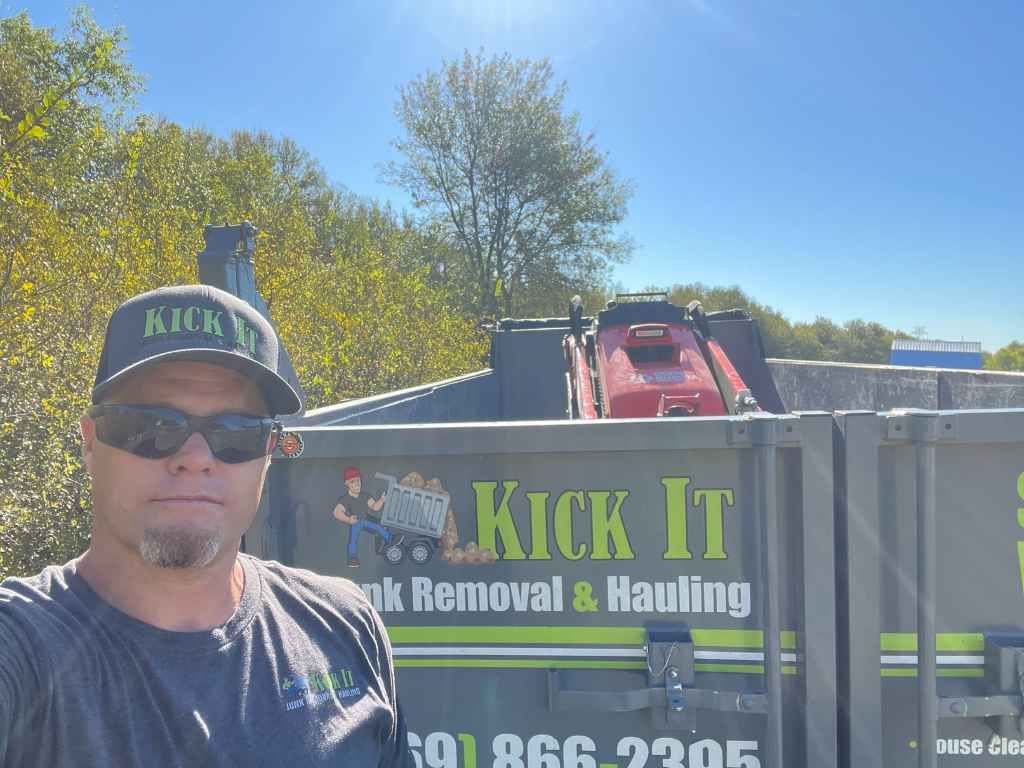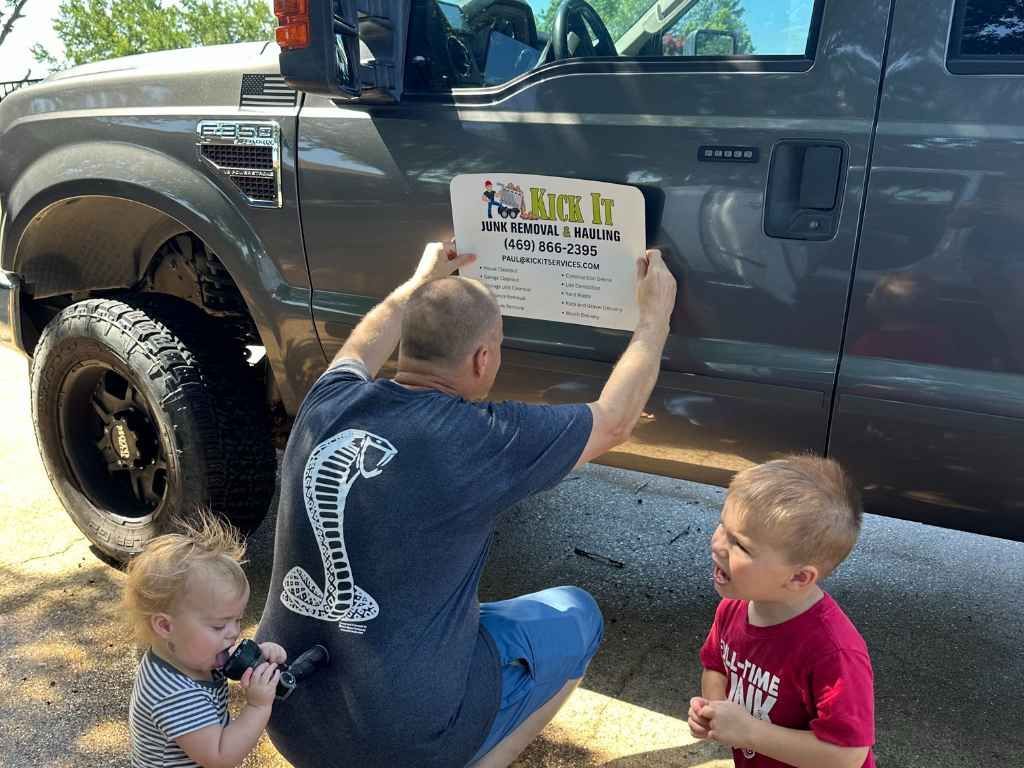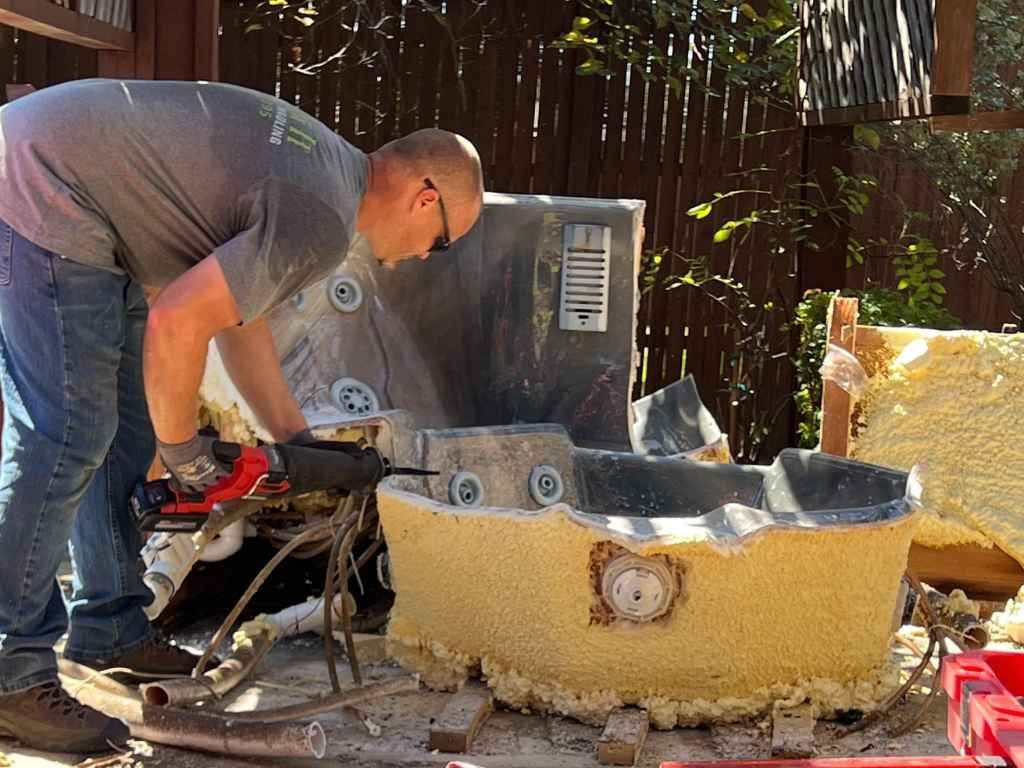How to Handle a Large-Scale Foreclosure Cleanout
Dealing with a foreclosure property often involves an emotional journey for all parties involved. Whether you're a real estate investor looking to flip the property, a property manager tasked with bringing the space back to life, or a realtor getting it ready for sale, handling the aftermath of a foreclosure cleanout can be daunting. Large-scale foreclosure cleanouts require meticulous planning and a structured approach to ensure that the property is cleared and sanitized, ready for resale or new tenants.
In this guide, we will walk you through the entire process of managing a large-scale foreclosure cleanout. By breaking down each step, we'll help you ensure that you’re fully prepared to tackle the overwhelming task with clarity and efficiency.
Understanding the Scope of the Foreclosure Cleanout
Before diving into the cleaning process, it’s vital to assess the property thoroughly. The condition of the home will determine the scope of your cleanout. Foreclosures are often left in a state of neglect. Previous homeowners may have left behind a substantial amount of personal belongings, garbage, and furniture. In some cases, the property may even have suffered from vandalism or extreme weather damage.
The first thing you need to do is evaluate the amount of debris and items you’ll need to remove. Large-scale cleanouts may include:
- Personal belongings: These are the possessions that the previous owners have left behind, ranging from clothes, furniture, and electronics, to more personal or sentimental items such as photographs, heirlooms, or other memorabilia.
- Trash and debris: Foreclosed homes often accumulate a substantial amount of trash and debris from previous tenants who may have left in haste or simply neglected the property. This includes things like paper, food packaging, discarded items, and leftover furniture.
- Appliances: Foreclosed homes can often have outdated, broken, or non-functioning appliances such as refrigerators, washing machines, stoves, and dishwashers.
- Damage: A foreclosed property may show visible signs of neglect and damage that need attention. Common problems include water damage from leaks or flooding, mold growth due to moisture buildup, or broken windows from vandalism.
- Hazardous materials: A property that has been abandoned for a long time may contain hazardous materials that need to be handled with care. Mold, lead paint, asbestos, and chemical contaminants can pose serious health risks if not dealt with properly.
Assessing the situation thoroughly will help you determine how much time, effort, and resources you need to invest in the cleanout.
Plan Ahead and Organize
With large-scale foreclosure cleanouts, being disorganized can lead to inefficiencies, wasted time, and unnecessary costs. A structured, organized approach is essential for success. Here's how you can get organized:
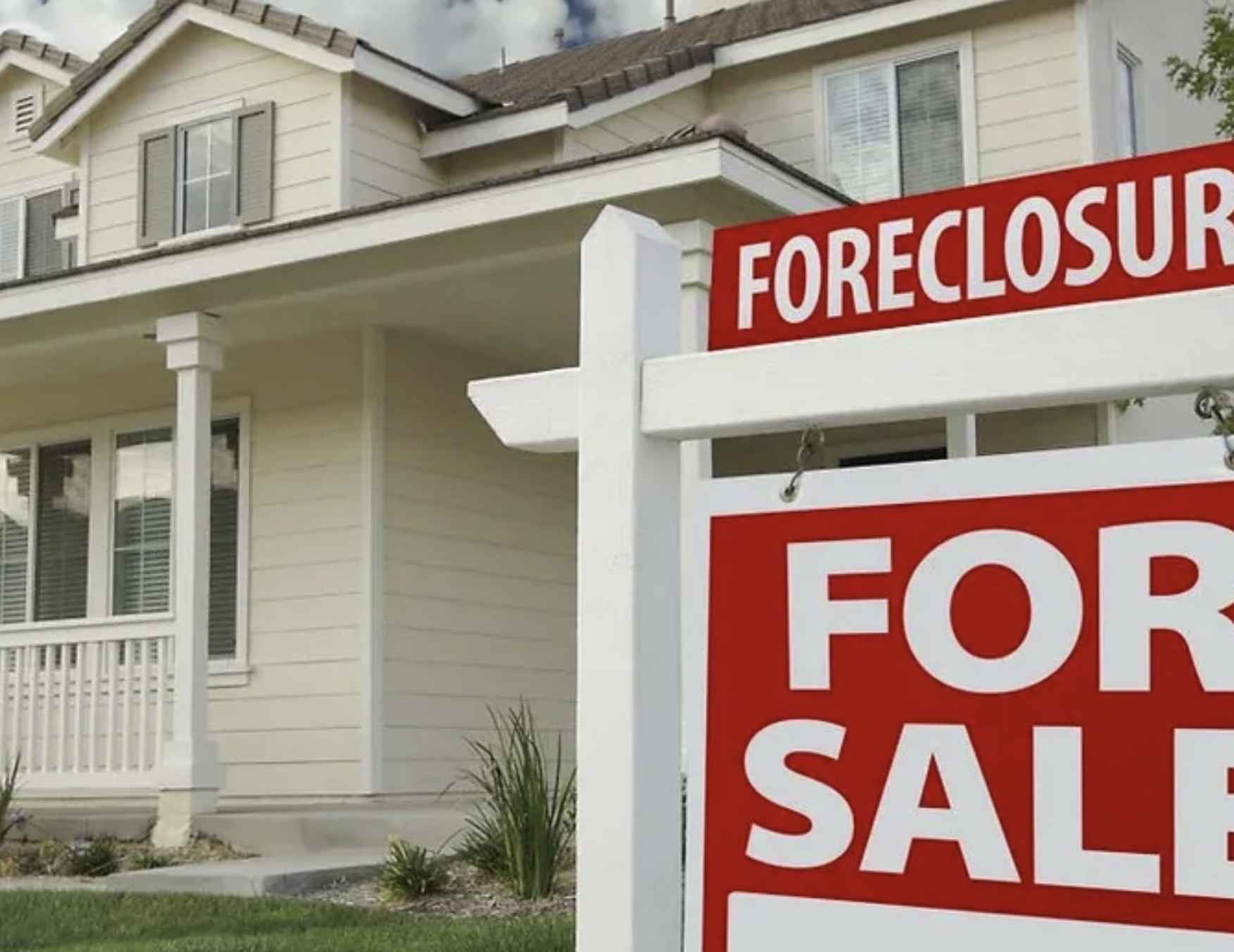
- Create a detailed checklist: Walk through the property and make a note of all areas that need attention. Identify rooms, exterior areas, and any other spaces that need to be cleaned or cleared. Categorize the items based on their condition and how they need to be handled—whether they’re valuable, recyclable, or trash. This will help you avoid missing anything during the cleanup process.
- Sort through items: A cleanout isn’t just about removing trash. Some items may be of value, either monetarily or for donation purposes. Look for furniture, appliances, electronics, or personal belongings that may still have value. This could include anything from old televisions to antique furniture or unopened boxes of items that were left behind. These can either be resold, donated, or recycled, depending on their condition.
- Prioritize hazardous materials: Any dangerous substances or biohazardous materials should always be dealt with first. Items like old cleaning chemicals, rotting food, or even mold infestations need to be handled with care. Hazardous materials may require professional removal and disposal.
Assemble a Team
Managing a large-scale foreclosure cleanout requires the right team to ensure everything gets done efficiently and safely. Depending on the size of the job, you might need to assemble a diverse group of professionals:
- Junk removal specialists: These are experts in removing large volumes of unwanted items. They have the necessary equipment, such as large trucks, dumpsters, and industrial-strength tools, to handle the job quickly and effectively. If the property is filled with debris or heavy furniture, they will save you time and prevent injury from moving heavy objects.
- Cleaning services: Once the property is emptied of its contents, you’ll need professional cleaners to ensure the property is hygienic and ready for occupancy. This involves more than just sweeping floors. Professional cleaners use specialized equipment and cleaning solutions to tackle every surface, including walls, carpets, appliances, and even harder-to-reach places like baseboards and vents.
- Contractors/Handymen: If the property has damage that requires repair, a skilled contractor or handyman will be needed to fix issues like plumbing, drywall, or even structural repairs. You may also need someone to handle electrical repairs or replace broken windows. These repairs are often essential for making the property habitable and safe.
- Hazardous waste disposal experts: In situations where hazardous materials are present, such as asbestos, lead paint, or toxic chemicals, it’s crucial to involve specialists trained in handling these substances. Improper disposal of hazardous materials can lead to health risks or fines, so these specialists will ensure the materials are removed and disposed of safely.
The Cleanout Process: A Step-By-Step Guide
Once you’ve assembled your team and organized the tasks, the cleanout process can begin. The following breakdown of tasks will guide you through each step of the process:
Empty the Property
The first step in any foreclosure cleanout is to clear out the belongings left behind by the previous owner. This includes removing old furniture, broken appliances, personal items, and any other remnants left in the property. Items should be sorted into three categories:
- Keep: Anything of value that can be sold, donated, or reused.
- Trash: Any items that are broken, useless, or contaminated.
- Recycle: Items like old electronics, batteries, or metal furniture that can be recycled.
This stage is critical for getting the property back to a blank slate before cleaning and repairs can begin.
Address Trash and Debris
Once personal belongings are removed, the next step is to remove any remaining trash or debris. Over time, debris can accumulate in every corner of the home—papers, wrappers, food containers, and other miscellaneous items. Ensuring that all debris is cleared out will help you focus on deep cleaning and other tasks that require more attention to detail.
Sanitize the Property
Once the clutter and debris have been removed, it's time to sanitize the entire property. This step is crucial for ensuring that the home is not only clean but also safe and hygienic for new tenants or potential buyers. Deep cleaning services will tackle:
- Floors and carpets: Vacuuming, shampooing, and sometimes replacing damaged carpet.
- Walls and ceilings: Scrubbing surfaces, removing dirt, and addressing stains or marks.
- Appliances: Cleaning out kitchen appliances such as refrigerators, ovens, and dishwashers.
- Bathrooms and kitchens: Ensuring these areas are thoroughly cleaned, including scrubbing sinks, tubs, and toilets.
- Windows and doors: Cleaning glass and wiping down frames and hardware.
Handling Specific Issues
When tackling a foreclosure cleanout, you'll often run into some unique challenges. These may include issues such as:
- Mold and mildew: Mold can develop in homes that have been vacant for an extended period, especially if there’s been water damage. It's essential to address any mold growth promptly to prevent it from spreading. This requires specialized mold removal services to ensure it’s completely eradicated.
- Pest infestations: Foreclosed homes are prime targets for rodents, insects, and other pests looking for shelter. If you spot evidence of a pest infestation, it’s important to call a pest control company before proceeding with any cleanup. They will treat the property and ensure it's pest-free before you move forward.
- Water damage and leaks: Sometimes, water damage is more than just a surface issue. Leaks from broken pipes or roof damage can cause significant problems that need to be addressed before cleaning can begin. If the damage is extensive, it may require the help of a contractor to repair pipes, roofing, or structural issues.
- Structural repairs: Depending on the condition of the property, you may need to replace broken windows, patch up holes in walls, or fix the flooring. Once all junk and debris are removed, it's essential to inspect the property for any signs of structural damage.
Final Touches: Preparing the Property for Sale or Rent
After the property has been thoroughly cleaned and any necessary repairs have been made, the final step is to prepare the property for sale or rental. This might include:
- Fresh paint: A fresh coat of paint can breathe new life into a foreclosure property, making it feel like new.
- Landscaping: Ensure that the exterior of the home is inviting by mowing the lawn, trimming shrubs, and addressing any landscaping issues.
- Staging: If you're selling the home, consider staging the property to make it more appealing to potential buyers. This could involve rearranging furniture or adding new pieces that enhance the property’s aesthetics.
Conclusion
Handling a large-scale foreclosure cleanout is no simple task. The process requires careful planning, a skilled team, and attention to detail to ensure the property is cleared, cleaned, and made ready for resale or rental. Whether it’s dealing with hazardous materials, large volumes of debris, or tackling structural damage, the key to success is organization and the proper expertise.
For professional assistance in managing your foreclosure cleanout, Kick It Junk Removal & Hauling is your go-to resource. Based in Forney, Texas, we provide efficient and thorough junk removal and hauling services to help you clear out any property with ease. Contact us today at 469-866-2395 or email Paul@kickitservices.com for a fast, reliable cleanout experience.
